Asia Should Take the Lead on Global Health
The region’s health care systems and innovations show how solidarity can shape well-being.
In the wake of the COVID-19 pandemic, most of the world now recognizes the importance of addressing global health challenges. But Asian perspectives are still often ignored by the powerful actors that have played a role in making global health a diplomatic priority, such as Western governments and multilateral organizations, despite the region’s growing influence in political and economic spheres. Understanding how Asian countries conceptualize and contribute to global health governance is crucial in the years ahead.
In the wake of the COVID-19 pandemic, most of the world now recognizes the importance of addressing global health challenges. But Asian perspectives are still often ignored by the powerful actors that have played a role in making global health a diplomatic priority, such as Western governments and multilateral organizations, despite the region’s growing influence in political and economic spheres. Understanding how Asian countries conceptualize and contribute to global health governance is crucial in the years ahead.
Asia has significant differences both among and within its countries. Political, economic, and cultural diversity has not only contributed to varying health indicators in the region, but also led to differently configured national health systems. Rapid yet uneven socioeconomic development has exacerbated health disparities, and epidemiological transitions are underway in the region. Asian countries are tackling these challenges through innovations in financing, low-cost delivery models, and digital tools and platforms.
Despite divergent circumstances, many Asian countries are leveraging shared health challenges to cultivate regional solidarity. They are cooperating in various domains, including disaster preparedness, pathogen surveillance, and health promotion and disease prevention strategies. The pandemic only intensified collaboration in advancing health care access and equity in the region, and the leadership of Asian countries in this realm deserves recognition.
Western political agendas have long shaped the global health landscape. In the colonial era, economic interests drove an emphasis on controlling so-called tropical diseases. Occupying powers sought to protect native populations from diseases that might impede productivity—but they also wanted to shield colonial administrators and employees from illness. The focus on maintaining health for the benefit of the ruling class rather than addressing local needs perpetuated inequalities. Inadequate understanding of local ecosystems and practices led to misguided interventions, leaving lasting negative impacts on colonized populations.
This paternalistic approach persisted into the postcolonial era through a system that directed aid to recipient countries according to the priorities of wealthy donor countries. From the 1980s to the 2000s, aid predominantly flowed into low- and middle-income countries grappling with the challenges of infectious diseases, maternal mortality, and child mortality. That focus served the commercial interests of the pharmaceutical industry in donor countries, which supplied vaccines, antimicrobial drugs, and nutritional supplements. With the global spread of HIV/AIDS, virulent avian and swine flus, and concerns about bioterrorism, biosecurity became the rallying flag for global health led by Western aid programs.
The West is still fashioning the global health agenda in the 21st century, often according to commercial priorities. In a world economy dependent on interconnected labor and markets, rising rates of death and disability from noncommunicable diseases (such as cancer, heart disease, and diabetes) threaten to affect the workforce and consumer spending. Manufacturers in high-income countries have identified lucrative markets for drugs, medical equipment, and diagnostic technology in emerging economies in Asia. However, these affluent nations are reluctant to constrain the global trade of tobacco, alcohol, and ultra-processed and sugary foods—the key drivers of noncommunicable disease epidemics in low- and middle-income countries.
During the pandemic, the interests of Western pharmaceutical companies often took precedence over survival in the global south. Australia, Canada, the European Union, the United Kingdom, and the United States, among others, fiercely defended patent protection for COVID-19 vaccines at the World Trade Organization when India and South Africa sought temporary patent waivers for drugs, vaccines, and equipment related to the pandemic. While hasty travel bans failed to stop the virus and its variants, supply chain disruptions created major challenges for low- and middle-income countries and affected manufacturing, distribution, and access to essential goods, health products, and services.
The pandemic showed that trade alone cannot be the basis for advancing global health. Suppliers and buyers are transactional by nature, trying to maximize advantages for themselves while often disregarding health and social costs. Although the impetus for a more effective global health care system initially came from a sense of shared vulnerability, the momentum must now come from a sense of shared values: promoting the health and well-being of all populations.
Asia is well positioned to provide the leadership for this transition. The region is home to nearly 60 percent of the global population, including nearly 3 billion people in China and India alone. Although disparities exist within the continent, the prevailing sense of community and robust social solidarity have enhanced societal resilience in the region. In 2019, Japan, South Korea, and Singapore ranked among the top five countries in the world in terms of life expectancy, as shown by World Health Organization data. And between 2000 and 2019, many other Asian countries made large strides in improving their life expectancies, including Bhutan, Cambodia, China, Indonesia, Malaysia, Sri Lanka, Thailand, and Vietnam.
Both social and systemic determinants of health are rapidly improving across Asia. Alongside economic development, there has been a boom in health technology innovations and their applications in health care provision and access. The increasing number of medical tourists traveling from the United States and Europe to Asian countries attests to the region’s reputation for high-quality clinical and wellness care. Furthermore, the Asian pharmaceutical sector is scaling up production of quality generics and new drug development.
Both China and India developed COVID-19 vaccines domestically that were approved by the World Health Organization, and India became a manufacturing hub for internationally developed vaccines. COVID-19 vaccines manufactured by China accounted for nearly half of the vaccine doses administered globally in 2021. Meanwhile, despite its own massive wave of infection, India eventually managed to meet the demands of its substantial population as well as supply vaccines to 96 other countries. Although the scale of supplies may have been smaller than that of China, this gesture demonstrated a sense of global solidarity.
In Asian countries, health care markets are increasingly organized based on solidarity, and the COVID-19 pandemic further underscored the need to collaborate around universal health coverage. Commitment to universal health care in the region extends beyond reliance on private insurance. In many Asian countries, tax funding and social insurance ensure access to affordable health services. Primary care is prioritized, and the value of health promotion is well recognized. There is political willingness to regulate harmful products such as cigarettes or high-processed foods promoted in low- and middle-income markets, as well as commercial practices that affect health indicators, such as environmental degradation.
Key Asian countries and entities, including China, India, Japan, South Korea, and the Association of Southeast Asian Nations (ASEAN), have advocated for joint research collaboration, resource-sharing, and resilient health systems. The region exemplifies how diverse countries can collaborate in addressing transboundary health challenges and foster dialogue on other issues. Active participation in regional partnerships and international organizations will amplify the region’s role in shaping the collective global response to emerging threats.
Nonetheless, some challenges persist in collaboration among Asian countries. One major obstacle is the historical prioritization of economic, political, and security agendas over health initiatives within regional frameworks such as ASEAN. Diverse political economies and health care models across Asia also present hurdles to cooperation when it comes to data collection, surveillance systems, and scaling innovative solutions.
Among Asian countries, China is most rapidly advancing institutional innovation and expanding its global health engagement through its Belt and Road Initiative and other assistance to sub-Saharan Africa. The two regions are natural partners: Both are home to growing economies that can collectively raise their voice in global forums and demand more equitable policies for the global south. Furthermore, the young populations of many Asian and African countries will make up the global health workforce of the future, serving not only their own populations but also those in other parts of the world.
How China navigates its own engagement holds significant implications for the region’s other countries, and success requires a collective willingness for mutual learning and a commitment to developing governance structures conducive to future collaboration without defensive posturing. As new pandemic threats emerge, especially from within Asia, data on potential pathogens must cross national boundaries before viruses and their variants do. Although recent tensions over the COVID-19 pandemic may indicate China’s tendency to isolate itself, it’s worth noting that the 2003 SARS pandemic contributed to opening Beijing up to health collaborations with other countries.
To make this Pax Asiana for global health a reality, Asian countries must assert themselves within multilateral organizations and stride confidently onto global platforms. But Asia’s collective strength will shine only when harmonious relationships exist among its countries; collaboration in global health can catalyze those relationships. Fostering purposeful and productive partnerships is crucial when it comes to medical education, health worker training, and the research and development of health technologies.
Cooperating on global health presents Asia with an opportunity to reshape the dynamics of regional politics and to influence the trajectory of global health governance. Greater Asian leadership in this realm will lead to greater health and well-being for low- and middle-income countries, ensuring more equitable benefits. That in turn, could help shape a world that is both more unified and more prepared to tackle the next pandemic.
This essay is published in cooperation with the Asian Peace Programme at the National University of Singapore’s Asia Research Institute.
K. Srinath Reddy is the founding past president and an honorary distinguished professor at the Public Health Foundation India.
Priya Balasubramaniam is the director of the Centre for Sustainable Health Innovations in Singapore and a public health scientist at the Public Health Foundation of India.
More from Foreign Policy

Arab Countries Have Israel’s Back—for Their Own Sake
Last weekend’s security cooperation in the Middle East doesn’t indicate a new future for the region.
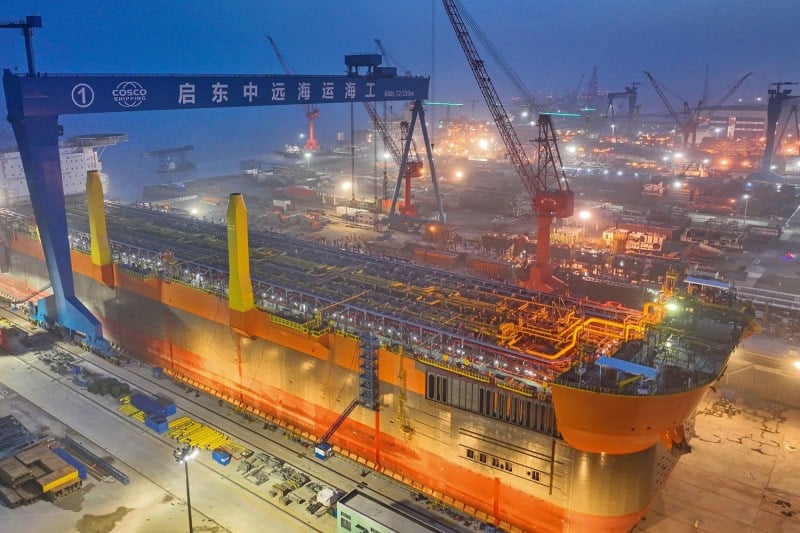
Forget About Chips—China Is Coming for Ships
Beijing’s grab for hegemony in a critical sector follows a familiar playbook.

‘The Regime’ Misunderstands Autocracy
HBO’s new miniseries displays an undeniably American nonchalance toward power.
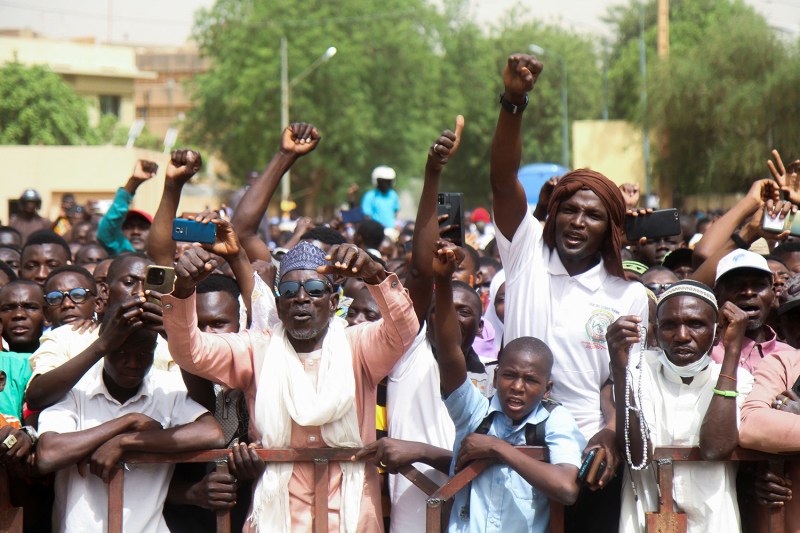
Washington’s Failed Africa Policy Needs a Reset
Instead of trying to put out security fires, U.S. policy should focus on governance and growth.



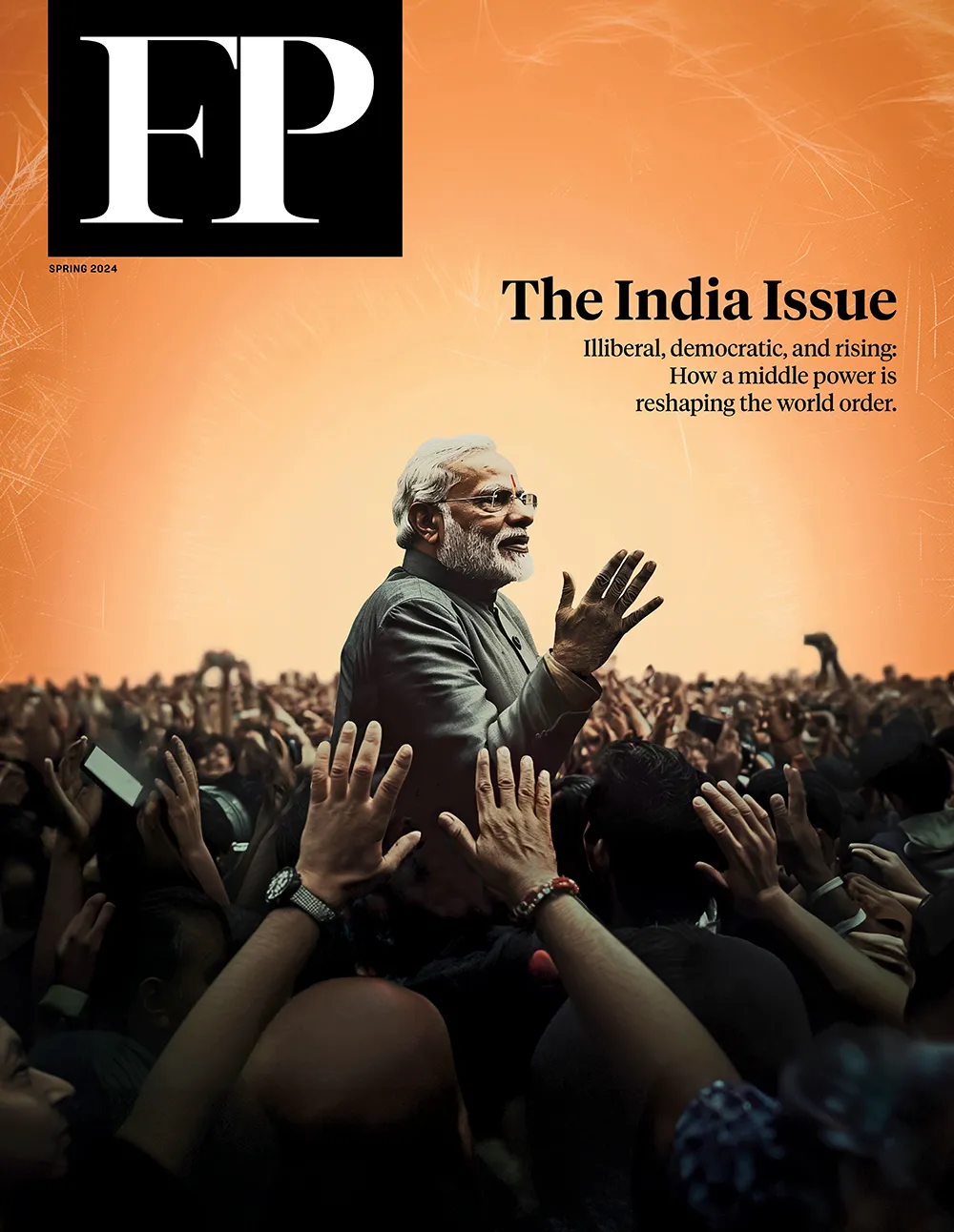
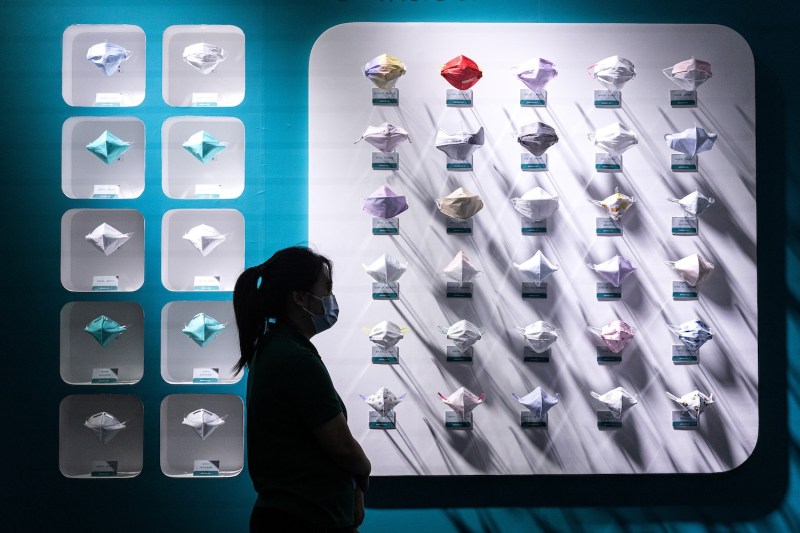


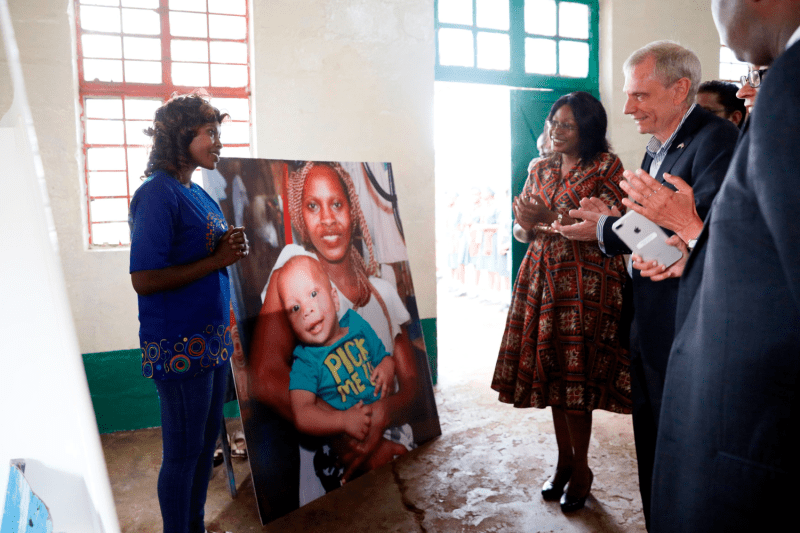
Join the Conversation
Commenting on this and other recent articles is just one benefit of a Foreign Policy subscription.
Already a subscriber? .
Subscribe Subscribe
View Comments
Join the Conversation
Join the conversation on this and other recent Foreign Policy articles when you subscribe now.
Subscribe Subscribe
Not your account?
View Comments
Join the Conversation
Please follow our comment guidelines, stay on topic, and be civil, courteous, and respectful of others’ beliefs.